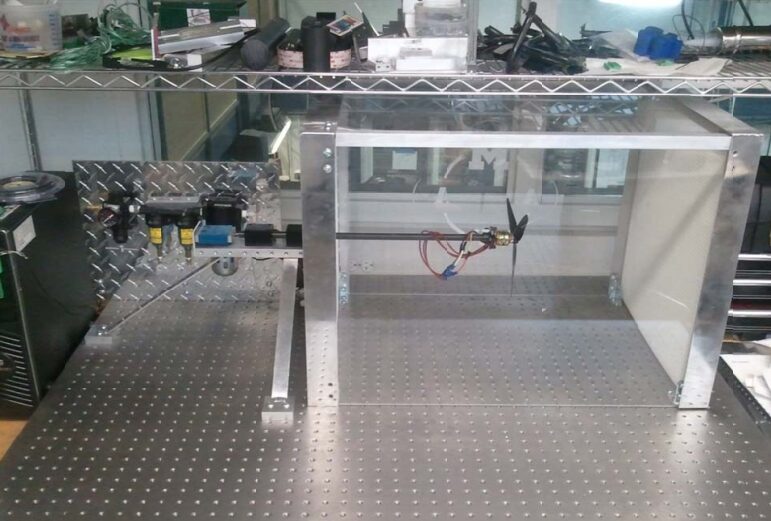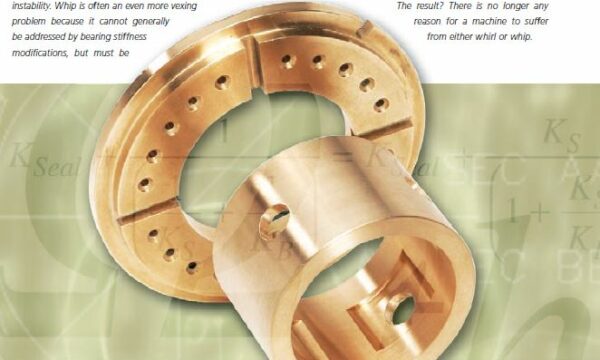Here at New Way Air Bearings ®, we take pride in supporting research and development applications from a wide array of fields in both industry and academia. To this end, today we’ll be highlighting how our porous media air bearings have found a place in aerospace academic research, where they’re prized for their frictionless motion, hysteresis free error, and simple operation. From satellite control law development to PWM mapping state of the art autonomous quadcopters.
At the University of Michigan, the Michigan Autonomous Air Vehicles team (MAAV) is a student run group who competes in the annual International Aerial Robotics Competition. Each year, the team must design, fabricate and fly a quadrotor UAV to meet a specific mission profile. The 2012 competition in particular featured especially stringent mission requirements, necessitating a vehicle which can enter through a window, navigate a building and extract a USB thumb drive.
PWM (pulse width modulation) mapping is the process whereby the electrical input to a motor is correlated with its RPM, and RPM with force. Given how sensitive quadcopters are, since they are driven by RPM controlled motors, the MAAV team recognized the critical nature of removing friction from their calibration test cell. By using porous media air bushings, whose non contact motion enables hysteresis free error, MAAV was assured that all inputs about the rotational axis were the result of the quadcopter’s thrust, and not overshoot or undershoot thanks to a worn bearing. This allowed the MAAV team to both fully characterize their PWM curves, and also design custom propellers to best meet their mission parameters.

At San Jose University’s Mechanical and Aerospace Engineering department, they’re focusing on a different problem: developing an autonomous Guidance, Navigation and Control (GNC) system for microsatellites. Systems Development of Synchronized Network of Autonomous Positioning Satellites (SNAPS), as published in the American Institute of Aeronautics and Astronautics conference proceedings, details their work to produce the SNAPS system to act as a proof of concept and testbed.
In order to properly simulate a zero gravity environment on Earth along a 2D plane, every source of friction must be reduced and eliminated where possible. The SNAPS team turned to New Way, where we developed and supplied a 200mm air bearing. Each individual SNAP unit floats on top of one bearing, which thanks to the even fluid film through the entire face, does not require multiple pads to self stabilize. The SNAPS units rely on C02 thrusters, and since porous media air bearings can run equally well on process gasses, the thruster tanks also pressurize the bearing with C02. By using a single porous media bearing instead of multiple orifice bearings to counter the effects of fluid film collapse, the SNAPS team was able to construct space efficient units with simple air fittings.
Our porous media air bushings, as well as flat round air bearings are offered in a wide array of off the shelf sizing, both metric and imperial. If you don’t see the size you need, our engineering team is well versed in designing bespoke products to meet your needs, and we also offer excess inventory at reduced cost, if your lab or organization wants to experiment with porous media bearings before committing to a full system. Please contact us with any questions, and our engineering team will get back to you!


